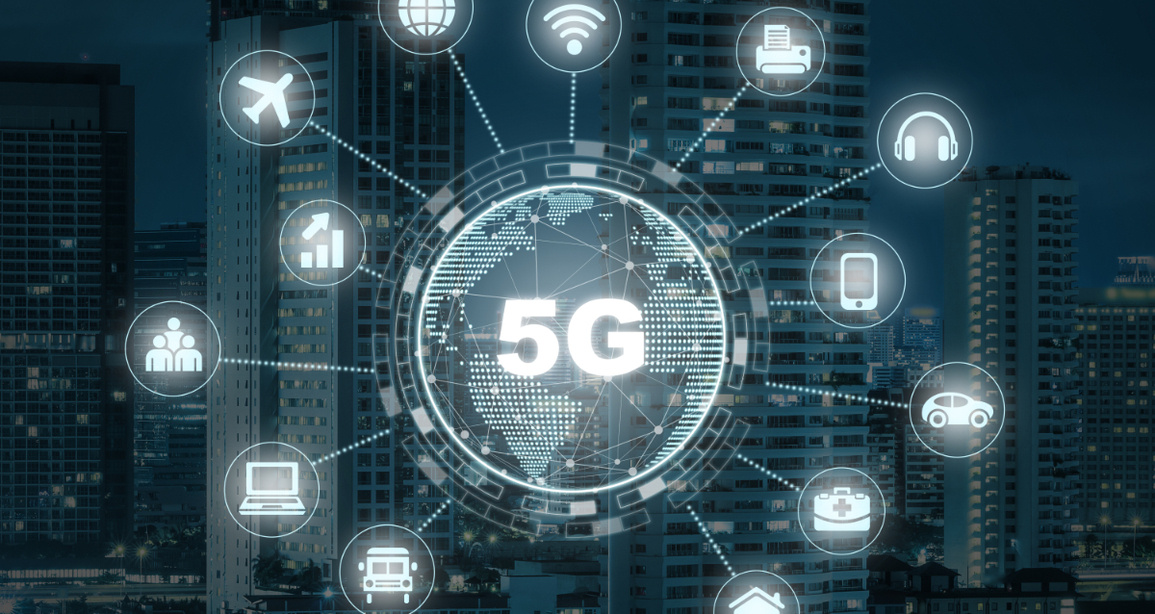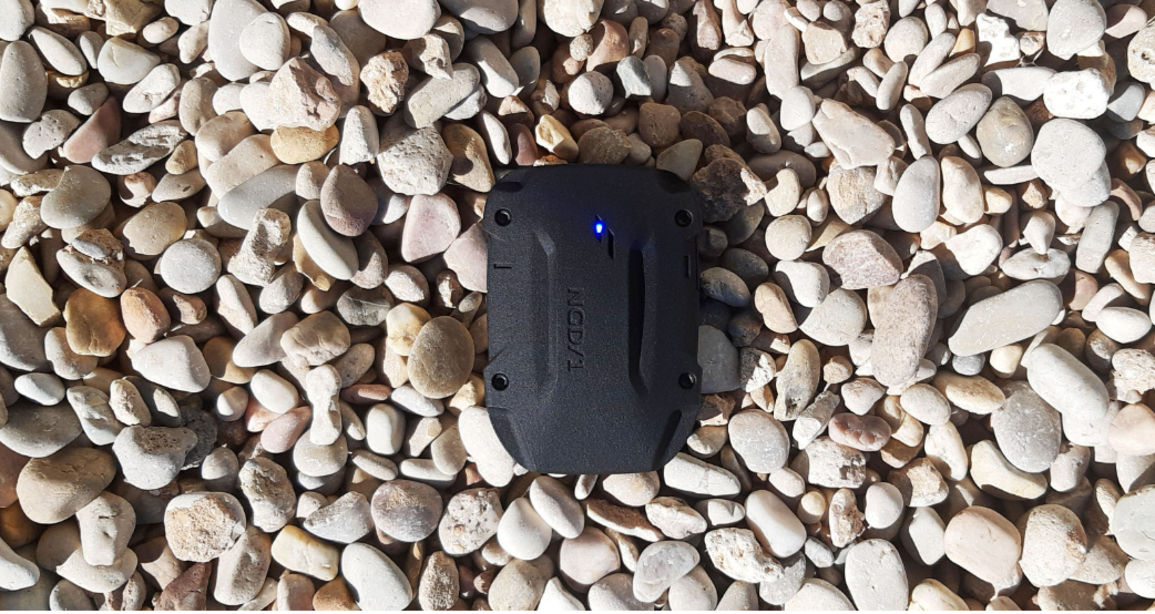
|
13 abril 2022
We are surrounded by IoT (or Internet of Things) solutions in our daily lives through wearables and connected machines. Until now, these IoT devices collected a lot of information that they had to send to distant platforms to be analyzed, but thanks to Edge Computing, data analysis is carried out in situ and in real time. In this way, and thanks to the incorporation of 5G technology, devices no longer have such a passive role, with information being processed closer and closer to the place where they were created. Not having to transmit all data to the cloud means significant cost savings, as well as a much faster response that translates into a better user experience.
But what does the satellite contribute to all this? The first thing is that the infrastructure is already deployed, which means that there is no need to make an extra investment in this area. Furthermore, it has global coverage at any point in the existing territory under its footprint and allows the provision of this type of services not to be relegated only to large cities, but also to remote environments or environments with a lower population density and to productive activities. that are carried out there. Likewise, the satellite allows this type of technology to be deployed in land, air or maritime means of transport. Finally, the satellite can independently complement other communications deployments that may already exist (for example, fiber) in a reliable, robust and secure way.
This is how satellite and Edge Computing make up two technologies that complement each other perfectly. The satellite allows this technology to reach places where it would be impossible otherwise and, thanks to this, Edge Computing can reinforce its potential through satellite, since many of its applications, when consumed locally, can be used and optimize for network management.
The fastest and most economical access to 5G services with little or no coverage problems
In this way, HISPASAT, in collaboration with Nearby Computing, Masmóvil and Cellnex, is developing a solution that allows the benefits of 5G and blockchain to be brought closer to all users, even those located in completely remote environments, including those applications and services that require high bandwidth and low latency, as is the case of cloud gaming (through the company Ludium Lab), augmented reality, business video conferencing (through Quobis), autonomous driving or the delivery network content platform or CDN from Transparent Edge Services.
This solution has two different parts. On the one hand, a local deployment close to the user that includes 5G applications and traffic and, on the other, a centralized platform to manage these local deployments that is located in a data center anywhere in the world or even in the cloud. By uniting these two parts, the satellite allows users to connect with the rest of the networks, going from the local to the external.
The pilot is currently in the development phase and in the coming months the future avenues for commercializing this type of solutions in public and private environments will be analyzed.

The use of satellite allows hikers or workers to use wearable devices in remote areas to monitor their activity, detect falls or send alerts in the event of an accident so that emergency teams can act as quickly as possible.

06 mayo 2022
In a workshop dedicated to 5G and satellite, we analyzed the importance of creating an orderly network ecosystem to guarantee rapid, universal and efficient deployment.